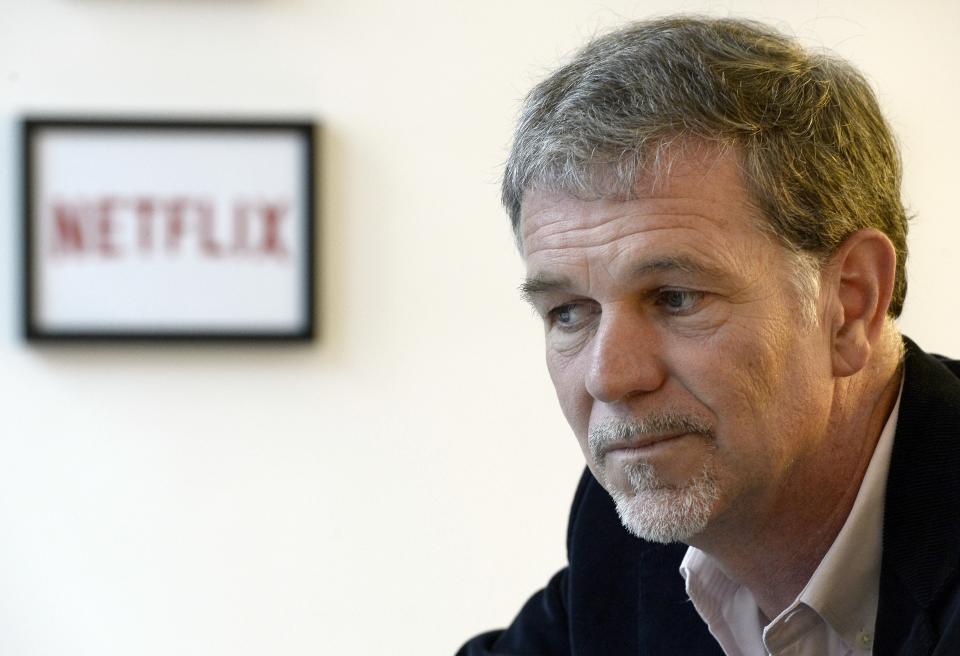Productivity — What you need to know in markets on Wednesday
During a fairly quiet week for markets and the economy — save for President Trump’s comments on North Korea released Tuesday afternoon — Wednesday will bring investors just a few expected highlights.
In the morning, we’ll get the second quarter estimate on labor productivity. This measure is expected to show productivity rose 0.8% during the quarter, up from 0% in the first quarter.
Productivity has been a hot topic of debate in economics in recent years as this measure has been steadily declining and lead to a number of discussions about what’s missing in the U.S. labor market. Coupling poor productivity numbers with data released Tuesday that showed job openings in the U.S. are at a record high, it’s clear something in the labor market isn’t entirely clicking, whether it’s a lack of investment from corporations, a lack of skills from workers, or something else altogether.

On the earnings front on Wednesday, highlights will be a bit more sparse than on Tuesday, with Mylan (MYL) and Twenty-First Century Fox (FOXA) expected to serve as highlights.
Cutting the cord is getting expensive
After the market close on Tuesday, Disney (DIS) reported mixed results and shares of the media giant were down about 4% in after hours trade. But that wasn’t really the big news.
The big news is that starting in 2019, Disney will not provide new movies to Netflix (NFLX) and will instead launch its own streaming service. Disney also said that in 2018, it will launch an over-the-top streaming service for its ESPN sports channel.
So while Disney is not “pulling its movies off Netflix” in a way that makes this a sweeping and imminent action, the content library that Netflix bolsters by paying someone like Disney to re-show its movies is being slowly eroded.
Surely, Netflix’s $6 billion-per-year investment in content is a sign the company knew this was coming in some form or fashion. In after hours trade on Tuesday, Netflix shares were off about 3%.
What this news also means for consumers is that things in the “un-bundling” era of media consumption are starting to get pricey.

There were no details on what Disney’s new services would cost, but online streaming offerings have been clustered around the $20-$40 per month range. Some, like Netflix at about $10/month, are less but don’t have any live events or television. Sling, which is the original “skinny bundle” of streaming live TV, is starts at $20 but with add-ons you get yourself north of $40.
Add to this a potential need to pay for more bandwidth from your internet provider, plus $15 a month for HBO, $12 for Hulu, $99/year for Amazon Prime, among others, and the cost of being unbundled but still connected to all the content out there is getting close to the expensive cable bills people have been fleeing.
This also leaves out the need to aggregate these services in one place, so you’ve gotta buy an Apple TV or a Roku, then you need to remember the login information, hope your credit card doesn’t get stolen so you don’t need to reset all your payment information and this is becoming a headache.
So cutting the cord is becoming expensive and complicated. Which is why people cut the cord in the first place.
Which brings us to the broader question of whether media companies are really giving customers more custom options (which is what they want, we’re told) or simply telling themselves and their investors that they too are “in the mix” as the world of video content gets fractured.
Back in 2015, The Wall Street Journal wrote about the biggest problem facing all these companies, which is not the cord-cutters (who had cable but found other ways to get their content delivered) but the cord-nevers, or those who never signed up and probably won’t.
And the more we hear about the future of this fractured media world, the more expensive, more complicated, and less appealing it all starts to seem. The cord-nevers might just stay that way.
—
Myles Udland is a writer at Yahoo Finance. Follow him on Twitter @MylesUdland
Read more from Myles here:

